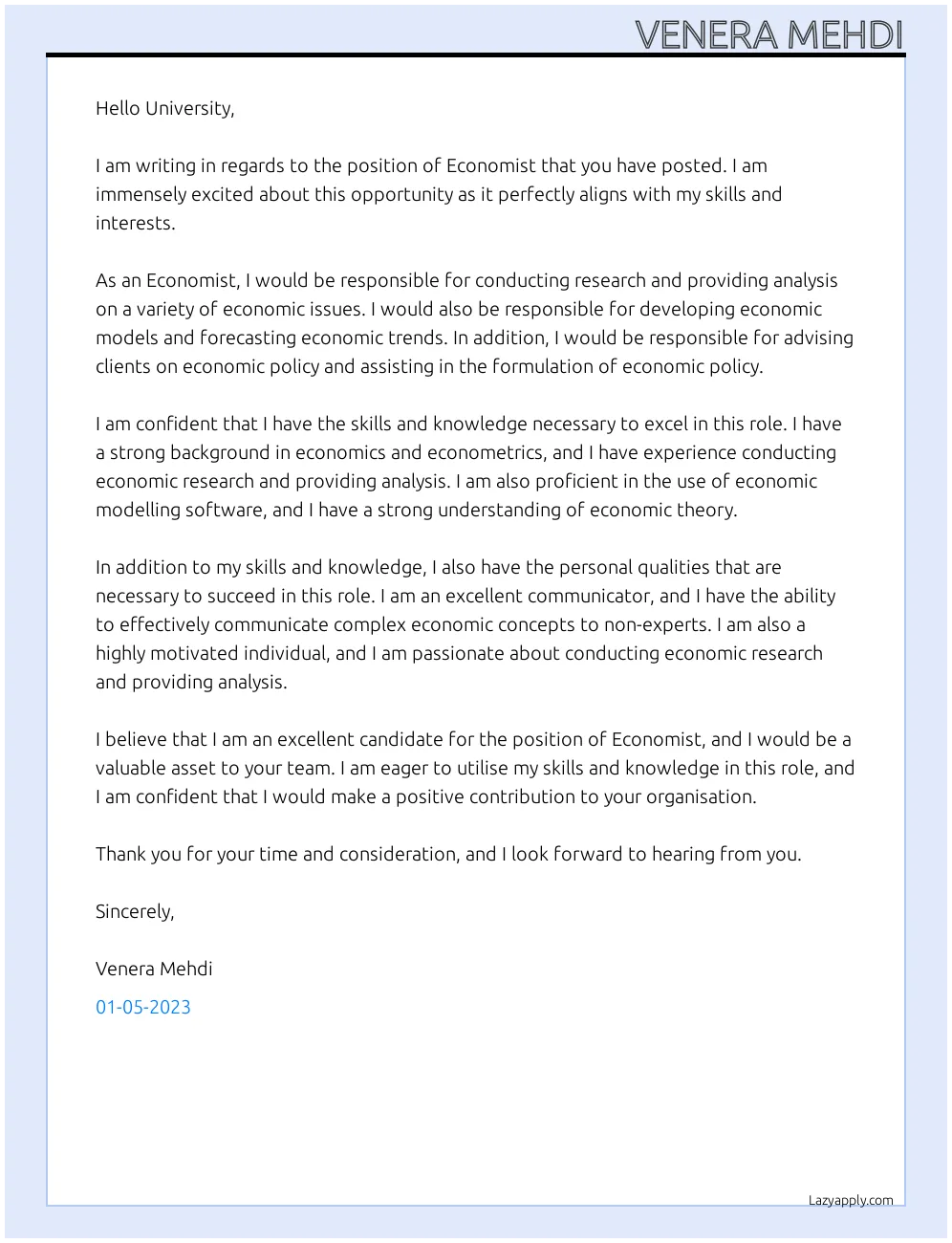Cover Letter Secrets
In the competitive world of economics, a well-crafted cover letter is your key to unlocking the door to your dream job. It’s more than just a formality; it’s a powerful tool that showcases your skills, experience, and passion for the field. A compelling cover letter can set you apart from other candidates. It’s your chance to make a strong first impression and convince potential employers that you are the perfect fit for their organization. By understanding the secrets to writing an effective cover letter, you can significantly increase your chances of landing an interview and ultimately securing your desired position in the economics job market.
Researching the Economics Job Market
Before you begin writing your cover letter, it’s essential to thoroughly research the economics job market. Understand the current trends, the specific requirements of the roles you’re applying for, and the expectations of potential employers. This research will inform the content of your letter, allowing you to tailor it to each specific job and demonstrate your genuine interest in the position and the company. Start by exploring company websites, job boards, and industry publications. Pay close attention to the skills, qualifications, and experiences that employers are seeking. This preliminary research provides valuable insights for crafting a cover letter that resonates with your target audience.
Identifying Key Skills and Keywords
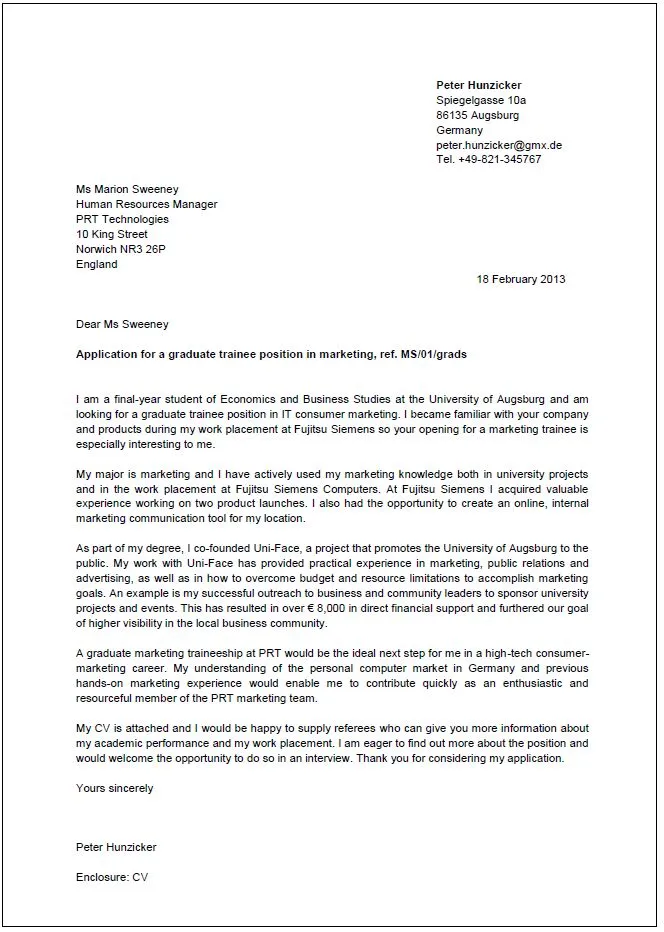
Once you’ve researched the job market, pinpoint the key skills and keywords employers are looking for. These are the terms and phrases that recruiters and hiring managers use to filter applications. Identify the skills that align with your own abilities and experiences. These could include statistical analysis, econometric modeling, data interpretation, policy analysis, or specific software proficiency. When writing your cover letter, strategically incorporate these keywords to ensure your application gets noticed. Also, highlight these skills and keywords in your resume, and integrate them naturally throughout your cover letter, creating a cohesive narrative that emphasizes your suitability for the role.
Tailoring Your Cover Letter
Generic cover letters rarely succeed. To stand out, you must tailor each letter to the specific job and employer. This process involves more than just changing the company name; it requires a deep understanding of the role and the organization’s values. Customizing your letter shows employers that you have taken the time to understand their needs and are genuinely interested in the opportunity. Tailoring demonstrates your commitment and attention to detail. It also allows you to highlight the most relevant aspects of your experience and skills, making your application more compelling and increasing your chances of success.
Understanding the Employer
Before writing, thoroughly research the employer. Explore their mission, values, recent projects, and the specific requirements of the role. This knowledge allows you to align your qualifications and experience with their needs. Demonstrate your understanding of the company by referencing specific projects or initiatives. Showcase how your skills and experiences directly address the challenges and opportunities the employer faces. Use the company’s language and terminology. This demonstrates your ability to integrate and contribute to the organization’s goals.
Customizing Your Letter
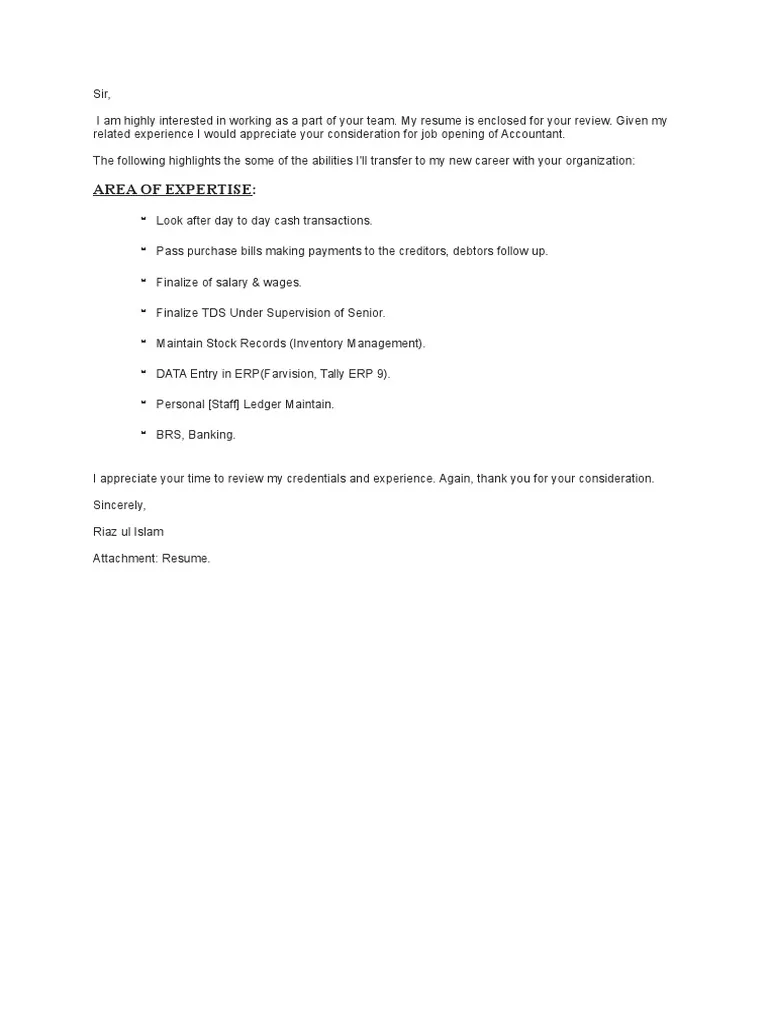
Customize your cover letter by addressing the specific requirements outlined in the job description. Highlight relevant skills, experiences, and accomplishments. Provide specific examples of how you’ve demonstrated these skills in the past. Explain why you are interested in the role and the company. Articulate your career goals and how the position aligns with them. Personalize your letter to reflect your unique value proposition and make a memorable impression. This customization makes your letter more persuasive, showcasing your understanding of the role. This also displays that you are a strong candidate.
Highlighting Achievements
Rather than simply listing your responsibilities, focus on highlighting your achievements. Use the STAR method (Situation, Task, Action, Result) to provide concrete examples of your accomplishments. This method helps you structure your response, demonstrating your skills and the impact of your work. Use strong action verbs to describe your achievements. Quantify your results whenever possible. This approach demonstrates your capabilities and showcases your value to potential employers. Highlighting your achievements helps you stand out. It also gives employers a clear understanding of what you can bring to their organization.
Quantifying Your Impact
Quantify your achievements whenever possible. Instead of saying, “Improved efficiency,” state, “Increased efficiency by 15% by implementing a new data analysis system.” Provide numbers, statistics, and metrics to demonstrate your impact. This adds credibility to your claims and allows employers to clearly assess your contributions. Quantifying your accomplishments also helps you differentiate yourself from other candidates. This shows how your contributions have positively impacted previous employers. It also offers insight into what you can accomplish for the prospective employer.
Using Action Verbs
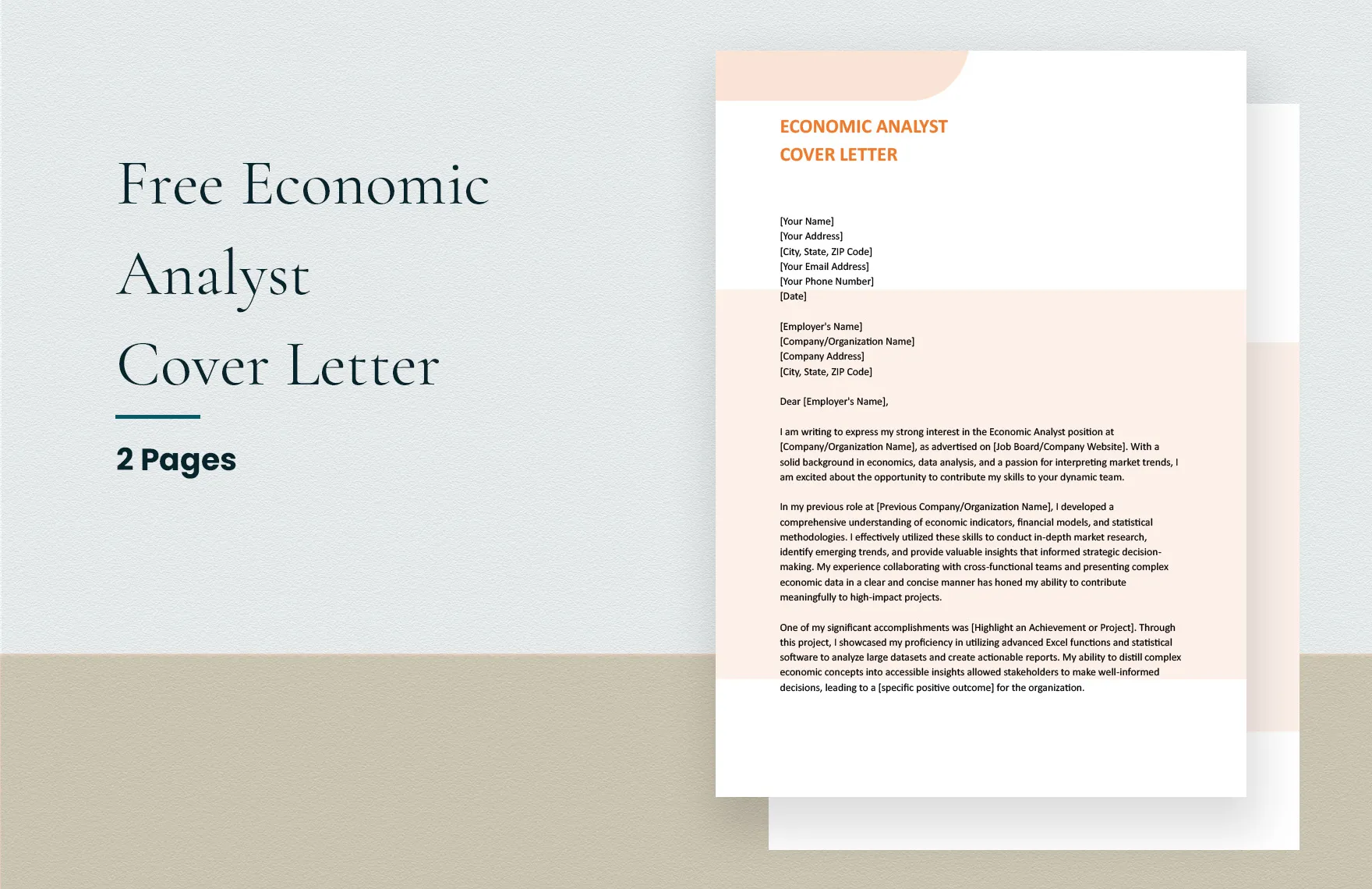
Use strong action verbs to describe your accomplishments and responsibilities. Verbs like “analyzed,” “developed,” “implemented,” “managed,” and “researched” make your cover letter more dynamic and engaging. They also help convey a sense of confidence and competence. Using action verbs helps your reader quickly understand your contributions. This practice adds emphasis and demonstrates your ability to take initiative. Ensure your verbs are appropriate for the context of the job. They must accurately reflect your accomplishments and align with your skills. This creates a compelling narrative about your professional experiences.
Formatting and Structure
A well-formatted cover letter is visually appealing and easy to read. Use a professional font, such as Times New Roman or Arial, and maintain consistent formatting throughout the document. Ensure your letter has clear sections with appropriate headings and subheadings. Keep the letter concise, ideally no more than one page. Use bullet points to highlight key accomplishments. This clear and organized structure demonstrates your attention to detail and professionalism. A well-formatted cover letter ensures that your message is easily understood and helps create a positive impression on the reader.
Professional Tone
Maintain a professional tone throughout your cover letter. Avoid slang, jargon, and overly casual language. Use formal language and proper grammar and punctuation. Be respectful and courteous in your communication. Proofread your letter carefully to ensure there are no errors. A professional tone conveys your respect for the employer and the position, creating a positive impression. It reflects your professionalism and attention to detail, which are essential in the economics field. A professional tone can also set the tone for your future interactions with the employer.
Proofreading and Editing
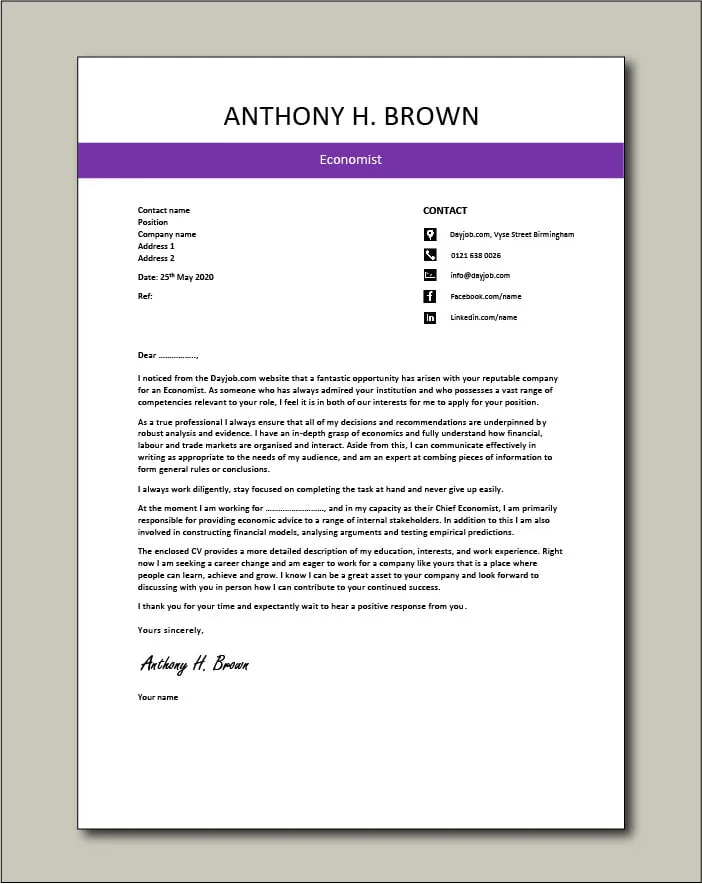
Before submitting your cover letter, thoroughly proofread and edit it for any errors. Check for typos, grammatical errors, and inconsistencies. Ask a friend, mentor, or career counselor to review your letter and provide feedback. Proofreading and editing are essential to ensure your letter is polished and professional. Errors can detract from your message. They give the impression that you lack attention to detail. Taking the time to proofread and edit demonstrates your commitment to excellence and attention to detail. It makes your cover letter as effective as possible.
